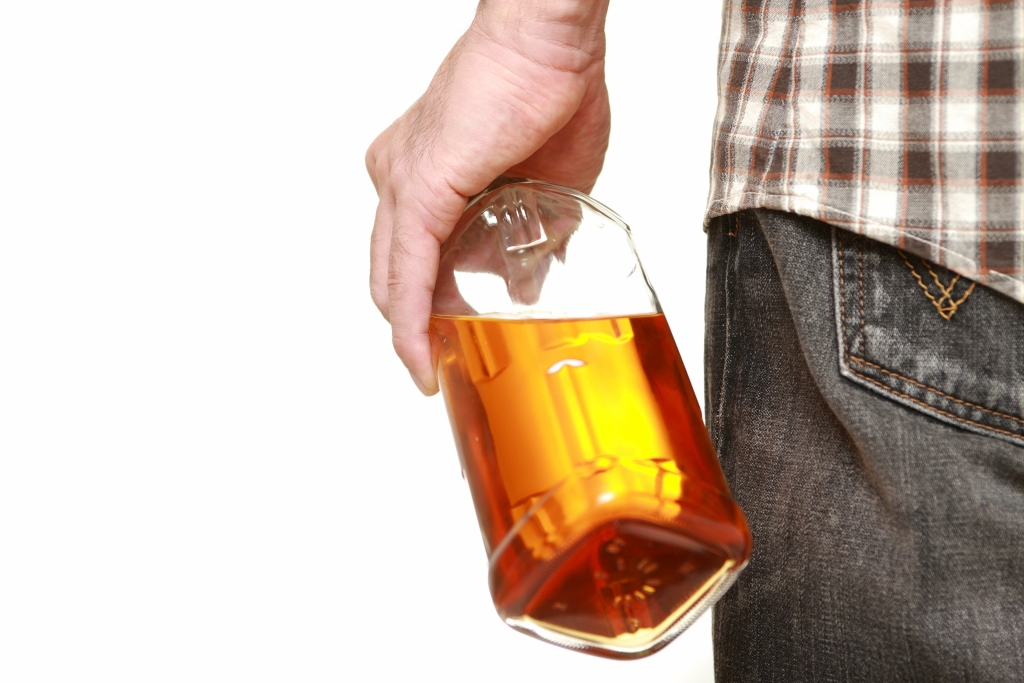People can survive alcohol poisoning if they receive appropriate treatment. Alcohol intoxication occurs when a person drinks an excess of alcohol in one period. Although people can safely consume alcohol without experiencing immediate adverse health effects, long term alcohol consumption can jeopardize overall health. Oxalic acid leads to the formation of calcium oxalate crystals. The accumulation of calcium oxalate crystals in the kidney may cause varying degrees of renal failure.
You have to have a special license to operate one of these clinics. There are not a lot of these clinics because they’re so difficult to get alcohol overdose licensing for. And that means if you’re a person with use disorder, you might have to travel up to two hours one way to get your dose.
Initiating Pharmacologic Treatment
It is a powerful CNS depressant—as is its metabolic product, acetone. Its rapid conversion via ADH makes the time from ingestion to symptom onset within 30 minutes (1). Patients with isopropanol intoxication present with headache, dizziness, miotic pupils, stupor, or coma.

Even small increases in BAC can decrease motor coordination, make a person feel sick, and cloud judgment. This can increase an individual’s risk of being injured from falls or car crashes, experiencing acts of violence, and engaging in unprotected or unintended sex. When BAC reaches high levels, blackouts (gaps in memory), loss of consciousness (passing out), and death can occur.
Body size
Gastric decontamination with activated charcoal has limited, if any, value because methanol is rapidly absorbed within 30 minutes of ingestion. For the sake of this assessment, patients may also undergo blood tests and screening for the presence of any co-occurring mental or physical health issues. Using alcohol with opioid pain relievers, such as oxycodone and morphine, or illicit opioids, such as heroin, is also a very dangerous combination.
- EG is metabolized in a 2-step process by ADH and aldehyde dehydrogenase with first-order kinetics.
- Your health can change, the pace of your drinking or the alcohol concentration of a favorite drink may vary, and even your ability to metabolize alcohol can change from one day to another.
- Poisoning happens when you drink too much ethyl alcohol in a short space of time.
- Talk with a trusted adult, such as a parent, family member, coach, school counselor, doctor, certified substance use counselor, or a leader in your faith community.
- Hemodialysis has been shown to be effective at removing ethylene glycol and glycolic acid from the system but like methanol poisoning, the role of dialysis is controversial (2, 19).
- Much of the workup for toxic alcohol poisoning is time-dependent from the time of ingestion and this is very often unknown.
So it’s easy to look at addiction and see an impossible, intractable, unsolvable problem and say this is just the way it is. But America has faced intractable, impossible, difficult problems before. And we rose to meet them and we addressed them in constructive productive ways. You flash forward to just a couple years later, the overdose rate among their inmate population post incarceration went down by 60 percent.
Behavioral Therapies for Alcoholism
If a recommendation is based on expert opinion, the rationale for the opinion is provided in the text. Alcohol poisoning is when the percentage of alcohol in your blood is so high that it is toxic. This can cause a wide range of symptoms and complications, from clammy skin to blacking out, vomiting to seizures, breathing trouble to coma.
And when you pan out you just see a sea of your favorite colors and you see all of those cheering faces and shouting faces. Now imagine every last person in that panned out image is dead. That’s how many people we lose to overdose every year in this country.
This article focuses on the medical aspects of alcohol poisoning, rather than other environmental dangers of alcohol abuse such as getting into fights, losing possessions, or having problems with the law. At a BAC of 0.45 percent or above, a person is likely to die from alcohol intoxication. Emergency medical attention is necessary at this point to avoid death and severe health problems.
- Gabapentin and other anticonvulsants, including carbamazepine and valproic acid, have been studied as alternatives to benzodiazepines for managing alcohol withdrawal syndrome, but data are limited.
- This is also found in mouthwashes, some medicines, and household products.
- If we can get them when they’re incarcerated access to medications and to therapies that can help them, we can make a huge difference in how they fare once their incarceration is over.
- Although methanol and ethylene glycol both produce CNS depression, isopropanol generates the most profound degree (1).
Also, it can cause contractile dysfunction leading to heart failure, stroke, and increased risk of cardiac death. If you or someone you care about is struggling with binge drinking or alcohol misuse, help may be available at a rehab center near you or out of state. You can learn more about your treatment options by contacting your primary care physician (PHP) or a mental health practitioner. Because mental health and alcohol use disorders can sometimes go hand in hand, a treatment program that addresses both disorders may be recommended. The toxicity of methanol and ethylene glycol arises primarily from highly toxic intermediate metabolites generated by the action of alcohol dehydrogenase (ADH), the key enzyme in their breakdown.
Ethylene glycol (EG) is a colorless, odorless liquid with a sweet taste. Most poisonings happen through oral ingestion of EG containing liquids, most commonly antifreeze. There are cases of EG poisonings from ethanol substitution, suicide attempts, and accidental ingestions (2, 15). EG intoxication is more common in the United States than methanol. A 2013 survey detailed a total of 5,956 exposures (2% of all significant poisonings), 2,314 of which required hospitalization, versus 1,578 methanol poisonings, 616 of which required inpatient treatment) (5).

In individuals with AUD, an abrupt cessation or significant reduction of alcohol use can precipitate an acute withdrawal syndrome within 4 to 12 hours of last alcohol use [APA 2018]. If you think someone has alcohol poisoning, never hesitate to seek emergency medical care. It’s important to remember that a person with alcohol poisoning may not have all the signs and symptoms. Consuming alcoholic beverages leads to increases in your blood alcohol concentration (BAC). As your BAC increases, so does your risk for alcohol poisoning.

